During World War II, Axis leaders dreamed of attacking the United States, especially New York. Hitler planned a series of attacks, but the Italians also planned to hit a city in Manhattan. It was supposed to be a real shock for the Americans.
Even before the outbreak of the war, the Caproni shipyard produced four copies of miniature submarines of the CA type . Their numerous flaws meant that they were locked in naval warehouses for a long time or were used to train future sailors.
The situation changed in 1939. On the night of October 13-14, the German U-47 entered the British naval base at Scapa Flow and sank the British battleship Royal Oak with two salvos from bow launchers . After this action, the U-47 gained an emblem in the form of a bull painted on the ship's kiosk, and its commander, Capt. Günther Prien was nicknamed "The Bull of Scapa Flow". This event gave the command of the elite Italian 10th Light Flotilla the idea of using "Lilipuche" ships CA to attack the Allied fleet base.
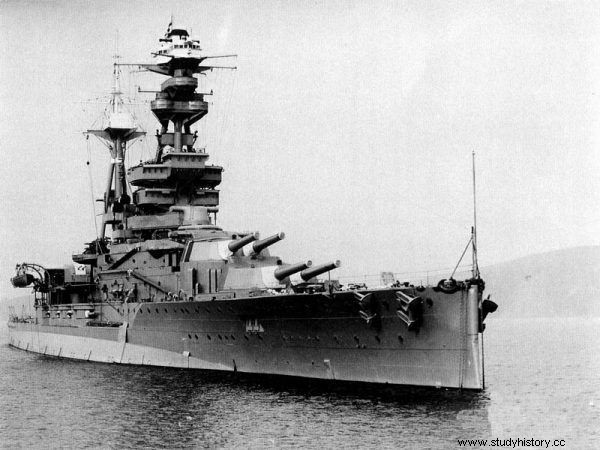
HMS Royal Oak emerged unscathed from the Battle of Jutland in World War I and was sunk at its own base (Image:Royal Navy, public domain).
Looking for an Easy Target
The miniature submarine, which had to be brought close to the target on board a larger vessel, could not successfully attack the Royal Navy bases in the Mediterranean and the British Isles. The earlier successes of the Italian commandos made the protection of these ports too strong.
In July 1942, at the picturesque base of the 10th Flotilla at the mouth of the Serchio River, the idea of an attack on the eastern coast of the United States arose. The greatest advantage of such an operation was the fact that the ports there were not protected by the navy, but by the American army, unprepared to combat underwater assault units.
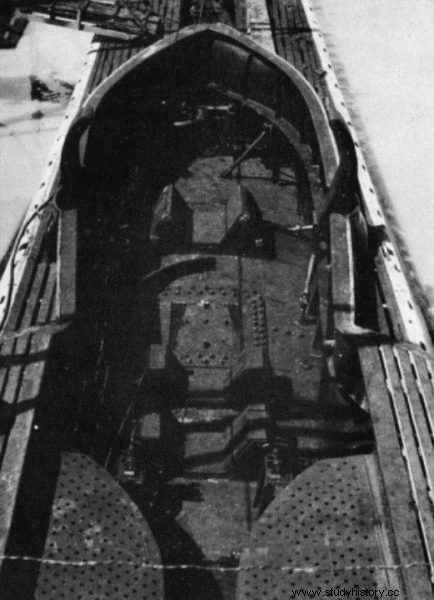
Leonardo da Vinci's deck prepared for the transportation of the Liliput (photo:public domain).
The success of such an attack could seriously damage the morale of American society. It would also force the US to devote more resources to defend its own ports, which would weaken the forces operating in the ocean.
Kangaroo in preparation
A liliputian ship called CA2 was assigned for the operation, as well as several divers from the elite Gamma group, who were transferred to the Italian naval base in Bordeaux in occupied France. There, work was already underway to adapt the Leonardo da Vinci submarine, now affectionately known as the kangaroo, for the transport of a smaller vessel on board.
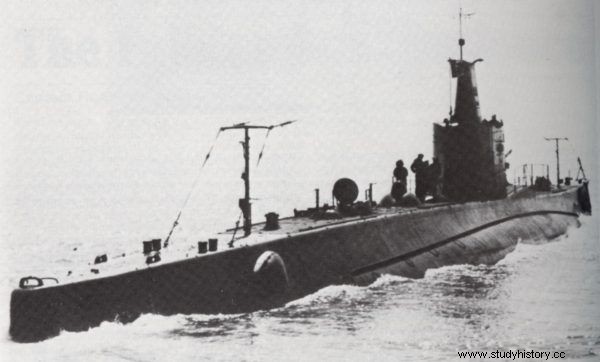
The ship Leonardo Da Vinci in all its glory (photo:Aldo Fraccaroli, public domain).
CA2 was only 10 meters long and less than 2 meters wide and its displacement in draft was 16.1 tons. It was armed with two torpedoes, but for the operation in New York it was to be equipped with a dozen smaller explosives attached by divers to the hulls of the attacked units. The ship's crew consisted of two sailors.
The several-month-long attempts to launch the liliput at a depth of 12 meters were fully successful. The operation to resume CA2 aboard Leonardo da Vinci after the operation was also successfully tested. The personal supervision of the exercises at sea was carried out by Commander Junio Valerio Borghese, one of the most famous officers of the Italian Navy, later commander of the 10th Flotilla.
The attack on New York was scheduled for December 1943 when the most favorable weather conditions were to prevail. Simultaneously with the operation on the American coast the Italians have planned similar actions against the naval bases in Freetown in Sierra Leone and Cape Town (Cape Town) in the southern tip of Africa.
The kangaroo goes down
After passing all the tests, Leonardo da Vinci was not stationed quietly in Bordeaux, but was engaged in regular sea operations to keep the crew in combat readiness.
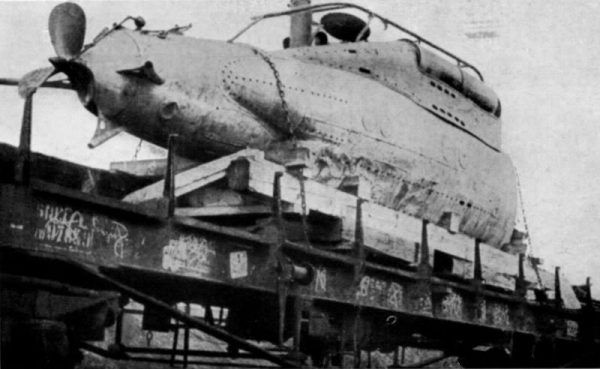
CA2 wreck excavated by the French (photo:public domain).
The kangaroo achieved its greatest success during a voyage that turned out to be its last mission . The Italian ship then sent to the bottom the British transport ship Empress of Canada, on board of which were Polish and Greek refugees, as well as ... several hundred Italian prisoners. During this patrol, Italian submarines ventured as far as the port of Durban, on the east coast of present-day South Africa, and sunk a total of four Allied ships.
The lucky star that allowed the crew to sail to the Indian Ocean and succeeded there eventually dimmed. It happened to the west of the Spanish port of Vigo as the Italian ship was slowly approaching its home base in Bordeaux. On May 23 (or 25), 1943, Leonardo da Vinci was sunk at high seas with depth charges from the destroyer Active and the frigate Ness.
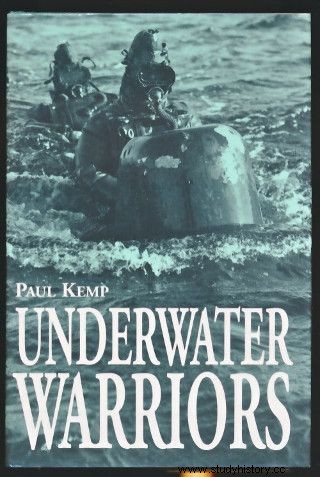
The article was based, inter alia, on on Paul Kemp's book Underwater Warriors (Brockhampton Press 1999).
The loss of an already prepared submarine was a heavy blow to the command of the 10th Flotilla. The ceasefire between Italy and the Allies, signed on September 8, 1943, prevented the preparation of another ship for an operation that could be a serious test for the American defense system.
The Lilliput himself suffered an equally miserable fate. Taken over by the Germans, it was sunk in the port of Bordeaux during their retreat, where, after being extracted, it fell into the hands of the French.
